Google Pixel 3 XL Review
- Paul Thurrott
- May 16, 2019
-
6
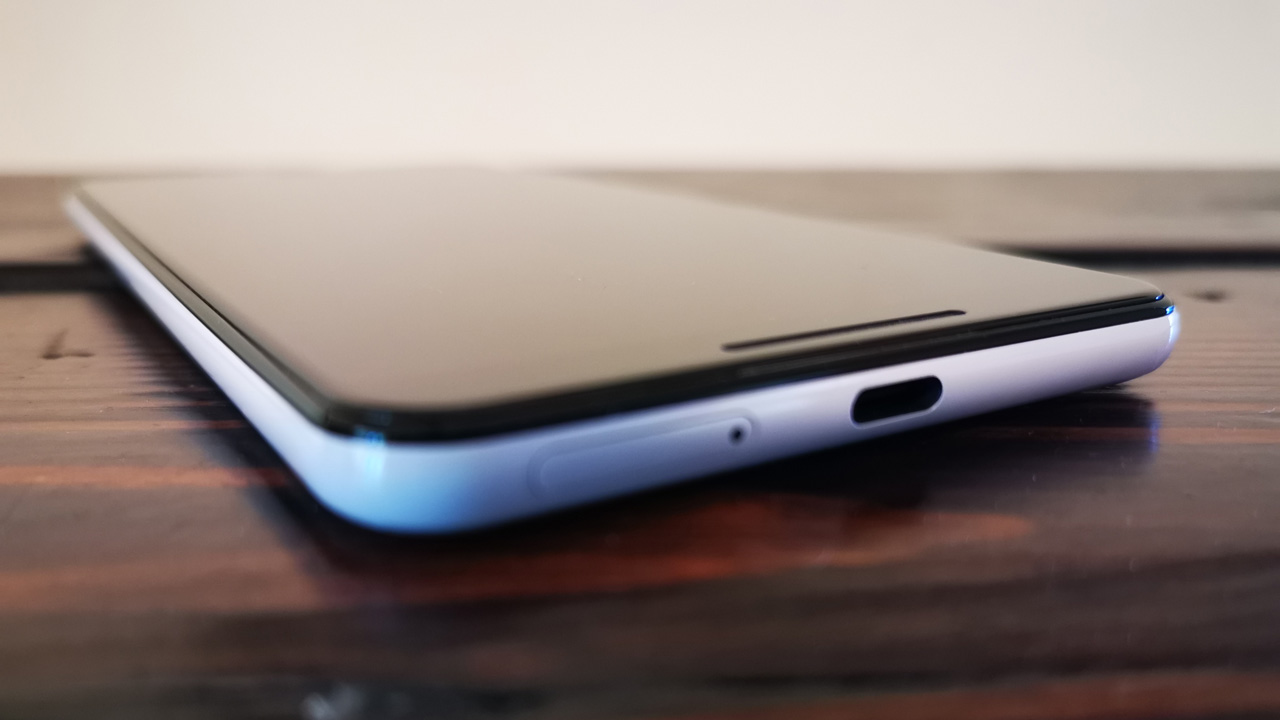
This is an awkward time to review the Google Pixel 3 XL, I know. So I’ll be brief: You should only consider purchasing Google’s current flagship right now if you can get it at a significant discount. There are more modern flagships since the release of the newer-generation Snapdragon 855. And Google is now selling a less expensive Pixel 3a XL that fixes many of the issues with this handset.
The good news? The Pixel 3 XL is often on sale, though I’ve never seen it as low as when I purchased it during the Google Fi half-off anniversary sale.
Windows Intelligence In Your Inbox
Sign up for our new free newsletter to get three time-saving tips each Friday — and get free copies of Paul Thurrott's Windows 11 and Windows 10 Field Guides (normally $9.99) as a special welcome gift!
"*" indicates required fields
Design
The Pixel 3 XL visually resembles previous Pixel handsets, with the same dual panel design on the rear. But the back is now all-glass, instead of aluminum, to belatedly enable wireless charging. And that means it is less durable than previous Pixels, and especially prone to cracking. I strongly recommend a case.
Which is a shame, really, because the Pixel 3 XL is a pretty handset from the rear, and has minimalist good looks. It comes in three colors—Clearly White, Just Black, and Not Pink—the latter of which is absolutely not pink; it’s more of a tan and I like it quite a bit.

From the front, however, the Pixel 3 XL is a buck-toothed monstrosity thanks to its comically large notch, which is about twice as tall the notch on any other smartphone. This required Google to make some weird design choices in software, so that the Android status bar (at the top) isn’t just cut in half and lacking any usable space, but it’s also twice as tall as on any other phone. It’s all just wasted space, for the most part.
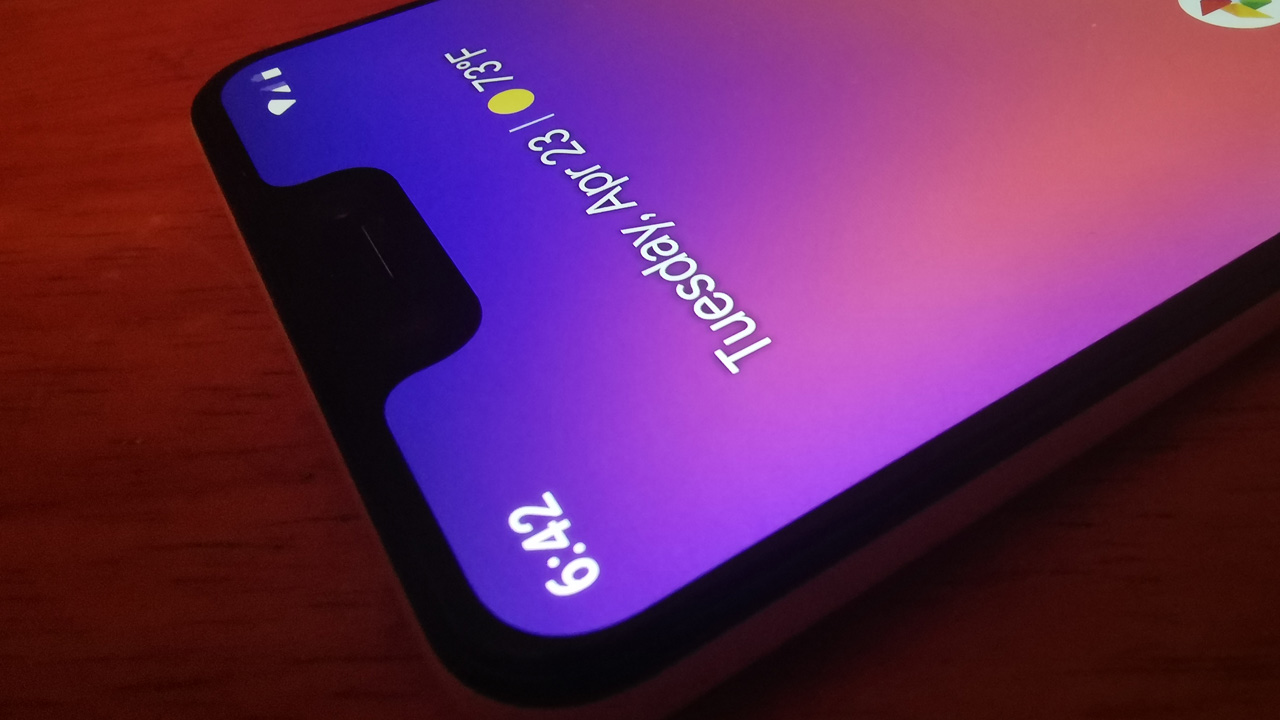
Adding to the embarrassment, the Pixel 3 XL also features a noticeable lower bezel, or chin. And that makes no sense: One way that phone makers have justified notches is that using one eliminates the need for a lower bezel, creating an “all-screen” look with three bezel-less sides. Well, not with the Pixel 3 XL, folks.
Display
If you can get past the monster notch, the Pixel 3 XL display is stunning, and it offers more usable onscreen real estate than its notch-less predecessor, the Pixel 2 XL. It’s a 6.3-inch HDR-enabled OLED display with a QHD+ (2960 x 1440) resolution at 523 ppi and with a tall 18.5:9 aspect ratio. It offers a stunningly bright 100,000:1 contrast ratio, 16.77 million colors, and dark, inky blacks.
This display is all the more impressive when you compare it to the bland, washed out Pixel 2 XL display I previously suffered with. But it doesn’t offer curved display edges like Samsung’s and Huawei’s flagships. That may be good or bad, depending on your preferences. But that, along with its Corning Gorilla Glass 5 coating should help protect it when dropped. (I still recommend a case, of course, since the back is all glass too.)
The Pixel 3 XL supports a nice ambient mode that displays the time, date, weather, and a few notifications. But the only issue I’ve had with the display is related to this issue: When the display turns off—that is, enables the ambient view—it often does so with a disconcerting and noticeable flash of light that seems … wrong. Researching this, I’ve found that I’m not alone—no surprise there, given Google’s history of hardware issues—but it’s not a huge problem. I hope.
Hardware and specs
From a specification perspective, the Pixel 3 XL was almost but not quite state of the art when it first shipped in late 2018. But looking at the phone here in May 2019, it’s fallen a bit further behind compared to more modern flagships. That doesn’t mean it won’t provide great performance for at least a few years. But it’s less future-proof than other, and more recent, flagships and that should factor into any purchase decision.
First up is its octa-core Qualcomm Snapdragon 845 processor and Adreno 630 graphics, a potent combination, albeit one that has been supplanted this spring by the more powerful Snapdragon 855 and Adreno 640 graphics. These are aided and abetted by just 4 GB of RAM. This is, at best, adequate for day-to-day usage but feeble compared to most competitors. For example, the Samsung Galaxy S10 ships with 8 GB of RAM and last year’s OnePlus 6T provides 6 GB, 8 GB, or 10 GB of RAM depending on the model. Rounding out the core specs is 64 GB or 128 GB of storage, which is likewise adequate. Power users expect a 256 GB option, if not more.
So, what are we to make of this? I have my theories about Google’s inability to satisfy the needs of more sophisticated users, especially gamers, and these center around the smallness of its smartphone business and its inability to secure the friendlier components pricing that would be available if they shipped more volume. But less excusable is the fact that Google has aligned its phone release schedule to Apple’s and not to Qualcomm, its most important chipset provider. Qualcomm ships its fastest mobile processors every spring, so by the time Google gets around to shipping new Pixels in October, it’s at the end of that processor generation’s run. That’s just dumb on Google’s part.
Beyond those core specs, the Pixel 3 XL provides dual front-firing speakers, a smallish 3430 mAh battery, worldwide cellular network/carrier compatibility (GSM and CDMA), Wi-Fi ac, Bluetooth 5.0 + LE, and NFC. That all looks good on paper. But I have a few issues.
While the speakers do provide deep, rich sound, that sound is negatively impacted by a tinny echo and vibration inside the handset’s body that I take to be related to its glass-based superstructure. As bad, the stereo is imbalanced and heavily biased to the right (bottom) speaker, which is hard to ignore. Perhaps related, I’ve had call quality issues for the first time in a long time. On my end, the Pixel 3 XL’s earpiece emits a staticky sound as soon as any call connects, and it stays like that for the duration of the call. But my wife also reported several times that my voice came through garbled, like an electronic version of Donald Duck, during calls. It doesn’t happen every time, but it’s annoying.
And that battery is almost a crime against humanity: One of the first things I noticed when I switched to the Pixel 3 XL from the Huawei Mate 20 Pro was that the battery life I was getting went down dramatically. Well, I can see why: When you couple the Pixel 3 XL’s very large display with a high-end processor and a relatively small battery, your longevity is going to suffer. The Mate 20 Pro, by comparison, has a far bigger 4200 mAh battery. The Pixel should provide at least a 4000 mAh unit.
Cameras
For all the issues the Pixel 3 XL has, its cameras are still among the most highly-rated in the industry, and with this particular handset, those accolades extend for the first time to the front cameras. And, yes, that’s cameras with an s: there are now two cameras on the front of the handset. Which is interesting, because Google is somehow still making do with just a single camera in the rear where most of its competitors have moved on to three- and even four-lens rear camera systems.

From a specifications perspective, the rear camera is a 12 MP single lens unit with a f/1.8 aperture, autofocus with dual pixel phase detection, and optical and electronic image stabilization. The dual front cameras include an 8 MP wide-angle lens with a f/2.2 aperture and an 8 MP normal lens with a f/1.8 aperture. The normal lens has a 75-degree field of view, but the wide-angle expands that to 97 degrees.
Here, too, the passage of time hasn’t helped Google’s cause. The Samsung Galaxy S10 family of handsets and the Huawei P30 Pro that I’m now testing too both have better-rated cameras, overall, than does the Pixel 3 XL. And the recently-announced OnePlus 7 Pro apparently trumps them all, at least from a photo (vs. selfie or video) perspective.

Put simply, other cameras offer photography features that exceed what you can do on Pixel. The iPhone continues to be the champ for panoramas, for example. The Samsung Galaxy S10’s version of portrait mode lets you modify the background bokeh blur both when you’re taking a shot and after the fact; with Pixel, you can either show the background blur or not, that’s it. And where other cameras have 2x, 3x, and even 5x optical zoom, the Pixel still makes do with basic (and blurry) digital zoom.

But the Pixel 3 XL does excel in one area that the others have yet to match, low-light photography. I still have never gotten results like those I see on Pixel in low-light, and they border on—no, exceed—magical. The Pixel camera’s Night Sight feature is simply unmatched.
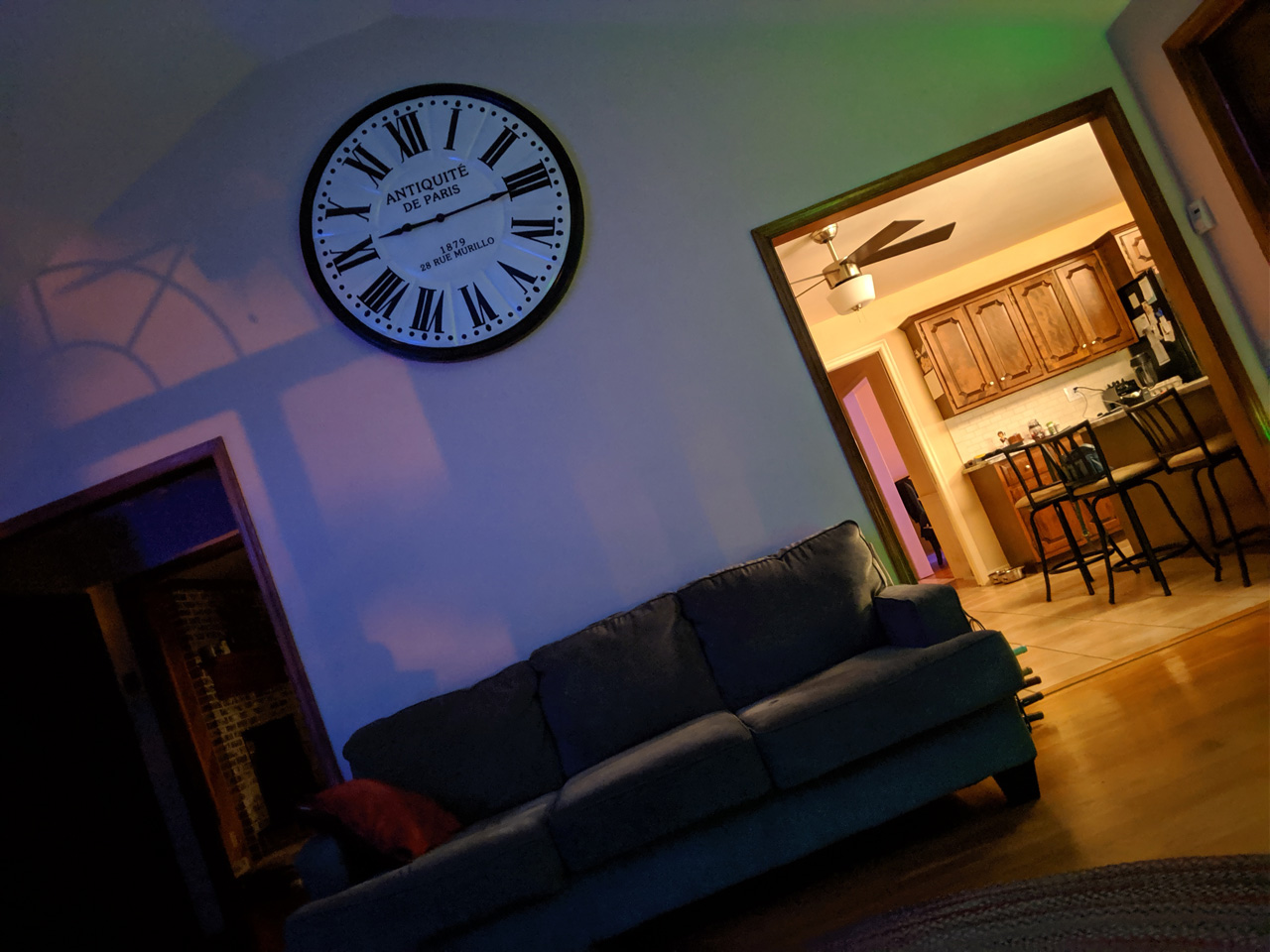
The Pixel 3 XL also includes a super-wide selfie mode that is enabled by its dual front-facing cameras. So, you can basically turn it up to 11, if you will, by zooming past 100 percent. It’s a really cool effect, and it is truly useful.

Here’s where I stand on photography. In normal or ideal conditions, the Pixel 3 XL provides one of the very best camera experiences you can get in any flagship handset. What it lacks, if this is a problem for you, is that hyper-contrast and colorful HDR effect, which I now think of as fauxtography, that is so popular with the Instagram set. If that’s your thing, the recent Huaweis—the P30 Pro and Mate 20 Pro—are better choices. But almost no one would be disappointed by the Pixel 3 XL camera. It’s terrific overall.
Security
Thanks in part to its integrated Titan M security chip, the Pixel 3 XL is among the most secure smartphones available today. Titan M enables some of the same hardware-based security functionality we enjoy today on modern Windows PCs, like Verified Boot (a secure boot process), and it powers security features like full-disk encryption and tamper protection during OS and firmware upgrades. The Pixel 3 XL is, of course, an Android Enterprise Recommended handset, and its Google Play Protect technologies provide always‑on app analysis, scanning, and (if needed) removal.
Practically speaking, your most obvious interaction with security will be with the Pixel 3 XL’s excellent and speedy rear-facing fingerprint reader. This is my preferred method for signing-in to a phone, as it’s faster than in-display fingerprint readers, more convenient than front-facing fingerprint readers, and far more secure than any Android-based facial recognition functionality. (Apple’s Face ID is excellent, but there’s nothing like it on Android.)
Unique hardware features
Google doesn’t push past the norm very much when it comes to unique hardware features. There’s a fingerprint reader on the rear, as noted above, but no facial recognition and no headphone jack.
That said, a unique feature called Active Edge lets you squeeze the bottom sides of the phone to summon Google Assistant. That seems goofy to me, and I leave it disabled. But even worse, you can’t configure this squeeze to launch other activities, like the camera.
The Pixel 3 XL also supports fast charging and, unlike Apple, Google has the class to ship an 18-watt fast charger in the box with the handset. The device allegedly also supports “fast wireless charging,” which I assume is fast only in the context of wireless charging, which is generally very slow.
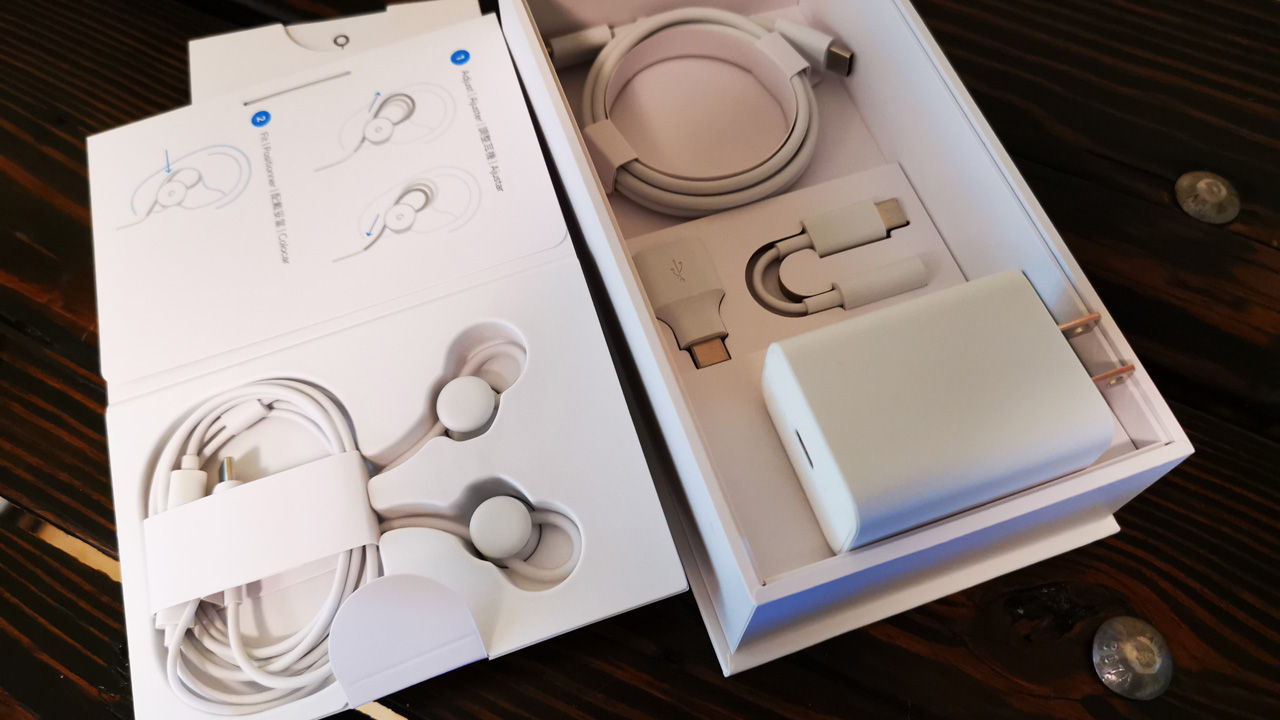
Software
The Pixel 3 XL ships with Google’s clean Android 9 Pie image, and it’s a delight, with no crapware or superfluous nonsense. It will also be supported by Google for some time to come: The firm promises three years of security updates and two years of Android version upgrades, so you’ll get both Android Q (late 2019) and Android R (late 2020). This is Android as it should be.
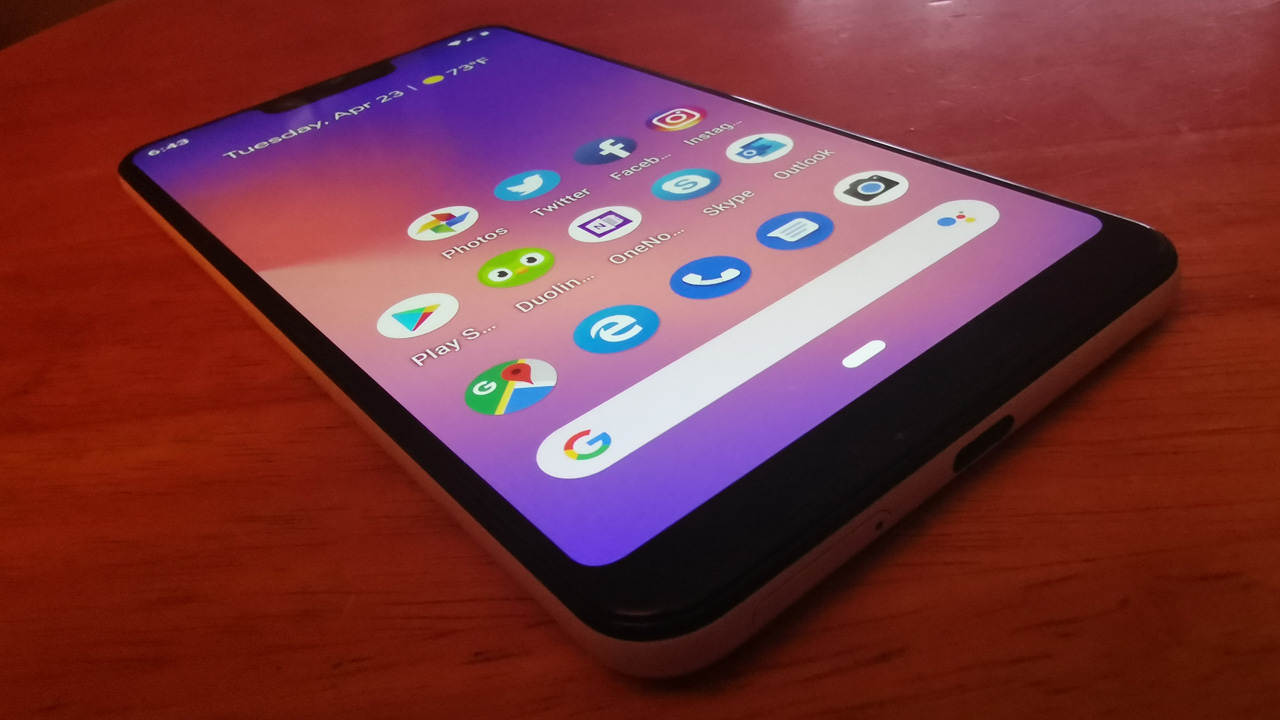
Pricing and availability
The Google Pixel 3 XL starts at $899 for a 64 GB model and you can upgrade to a 128 GB GB model that costs $999. In the United States, the phone is available from the Google Store or from Verizon.
Put simply, no one should ever pay that much for a Pixel 3 XL, not today in mid-2019 when more modern flagships with better innards and functionality are available. Google often has sales in which the prices of the Pixel 3 XL fall by about $200. And while I feel that those prices—$699 for 64 GB and $799 for 128 GB—are still a bit too high, they are at least a bit more realistic. Google could never justify the pricing on this handset, even when it was new.
Now, I purchased my Pixel 3 XL at half-price during an unusual—OK, unique—half-off sale, and at that price, things change quite a bit. I paid about the same price for my 128 GB Pixel 3 XL as one would today for a 64 GB Pixel 3a XL and while that doesn’t quite make it a no-brainer, it does help me overlook some issues. (I’m looking forward to a higher trade-in value, too, when the Pixel 4 XL appears in October.) This doesn’t help you, of course. Unless Google repeats that sale, which is unlikely.
Recommendations and conclusions
Despite its excellent cameras, clean Android image, and full Google Fi compatibility, the Pixel 3 XL is hard to recommend, especially at its full asking price: The handset is simply too expensive and has too many design and functional issues. And thanks to the passage of time—the Snapdragon 855 was released earlier this year along with some truly excellent new smartphone flagships like the Samsung Galaxy S10 and the Huawei P30 Pro—it’s falling further and further away from the top spot. Worse, Google’s recently released Pixel 3a XL is both significantly cheaper and fixes several issues with the more expensive Pixel 3 XL. Awkward!
At-a-glance
Pros
- Excellent rear-facing cameras with superb low-light performance
- Excellent front-facing cameras with ultra-wide selfie mode
- Clean Android image
- Fully compatible with Google Fi
- Gorgeous display (except for that notch)
Cons
- Too expensive
- Earpiece static during phone calls, other call issues
- Comically large notch
- Battery won’t get you through a day
- Stereo speakers are unbalanced
- Audio playback has echoes and vibrations
- No headphone jack